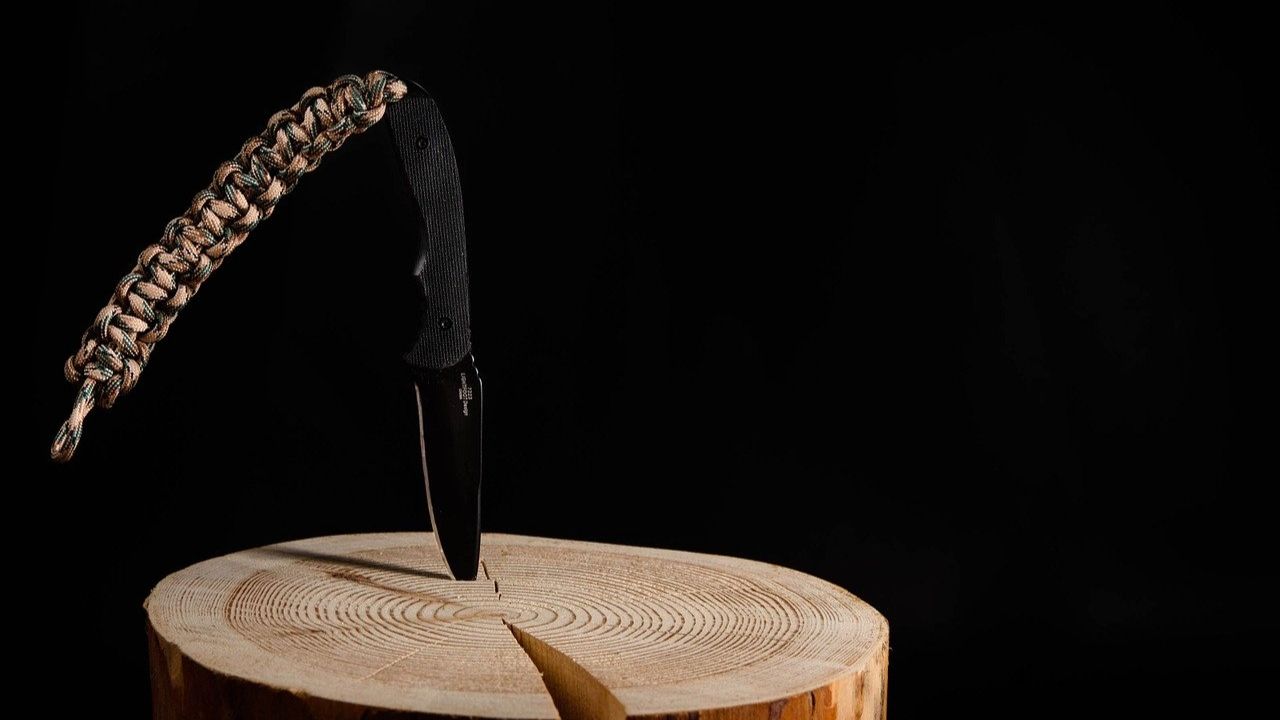
If you're wondering how to preserve food in the wild, there are several options you should know. These include Wet curing, Drying, Pickling, and Canning. Using a variety of methods can increase your food's shelf-life. Learn how to make the most of what you can find in the wild, and get creative with your cooking skills.
Wet curing
Wet curing to preserve food in the wilderness is one of the oldest methods of preserving food. Salt is the primary ingredient in this process. Salt slows the growth of bacteria and microorganisms and allows the meat to last longer. The method uses natural salt, often mixed with brown sugar, to slow the decay of meat.
Drying
Food drying has been around for thousands of years. In ancient times, people in Asia and the Middle East used the hot sun and air to preserve food. It was a practical method for long winters, bad crops, and long journeys. Moreover, drying food allowed people to enjoy out-of-season treats.
Pickling
Pickling is a natural process that preserves food by making it acidic. It uses a mixture of water, salt and vinegar and is sometimes heated. The acidity changes the taste of the food, and it also serves as a preservative. Foods that are pickled are less likely to spoil than those that are not preserved, and this can help you avoid wasting food.
Canning
Canning is the process of preserving food by preserving it in an airtight container. These containers include steel cans, Mason jars, and tin cans. Once processed, canned foods have a shelf life of one to five years. Freeze-dried canned products, on the other hand, can last for up to thirty years.
Freezing
While you can freeze food in the wild, it's better to do it quickly after harvest. When stored for long periods, fruits and vegetables lose their quality because of increased moisture. This moisture is a breeding ground for bacterial growth and decay. So, if you have harvested some wild fruit, be sure to use it up as quickly as possible.
Salt brines
Preserving food in salt brines can be an effective method for preserving foods. A brine solution can be made by mixing a certain amount of salt with water. The mixture should be concentrated enough to kill most bacteria. It is best to use a solution that contains at least 10% of salt. In addition, it should contain as little air as possible.
Water glassing
If you're planning on water glassing to preserve your food for the long term, you'll need a few ingredients. Water and a solution of pickling lime, usually a sodium silicate, are essential. You can purchase both in canning equipment sections or online. Pickling lime is a substance derived from limestone, and it is used in the water glassing process. A water glassing solution consists of a specific weight ratio of these two ingredients.
Freezing grains and beans
When it comes to preserving food in the wild, there are several important steps that you must take. First, you should make sure that you use containers that will not allow moisture to penetrate. It is important to store beans and grains in airtight containers. You can use heavy duty plastic bags or food saver bags for this purpose, but they will not be bug-proof.
Drying century eggs
Century eggs are a form of preserved food, and they were developed in China about 600 years ago. The process uses wood ash, lime, salt, and tea to raise the pH level of the eggs to a pH of nine to twelve, which breaks down the proteins into flavorful molecules. While it may not sound very appetizing, it is an effective way to preserve food for long periods.
Did you miss our previous article...
https://bushcrafttips.com/bushcraft-survival-skills/cowboy-tips-to-remember-when-out-on-the-open-range
 What is BushcraftSurvival SkillsToolsVideosBushcraft CampsBushcraft KitsBushcraft ProjectsPrivacy PolicyTerms And Conditions
What is BushcraftSurvival SkillsToolsVideosBushcraft CampsBushcraft KitsBushcraft ProjectsPrivacy PolicyTerms And Conditions
